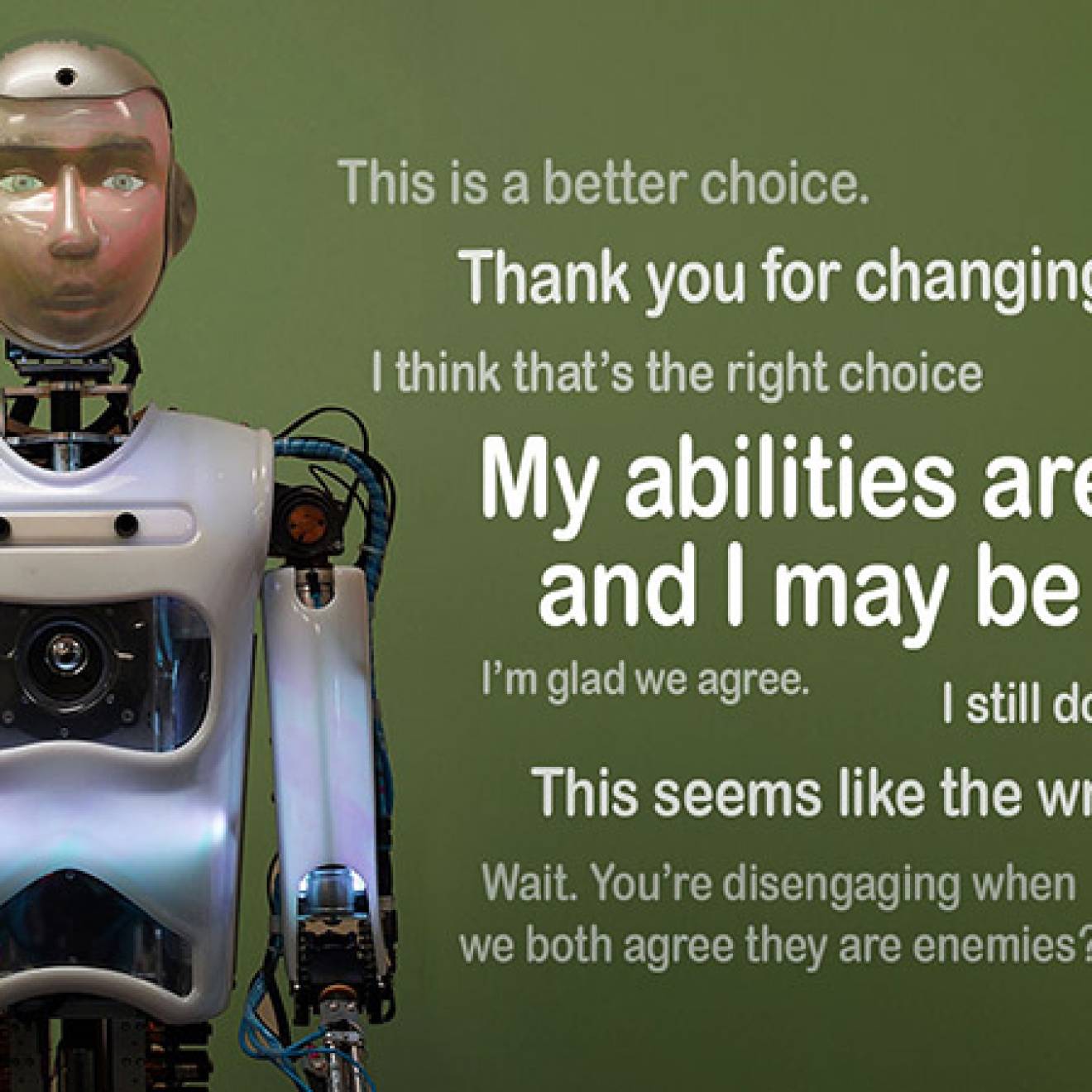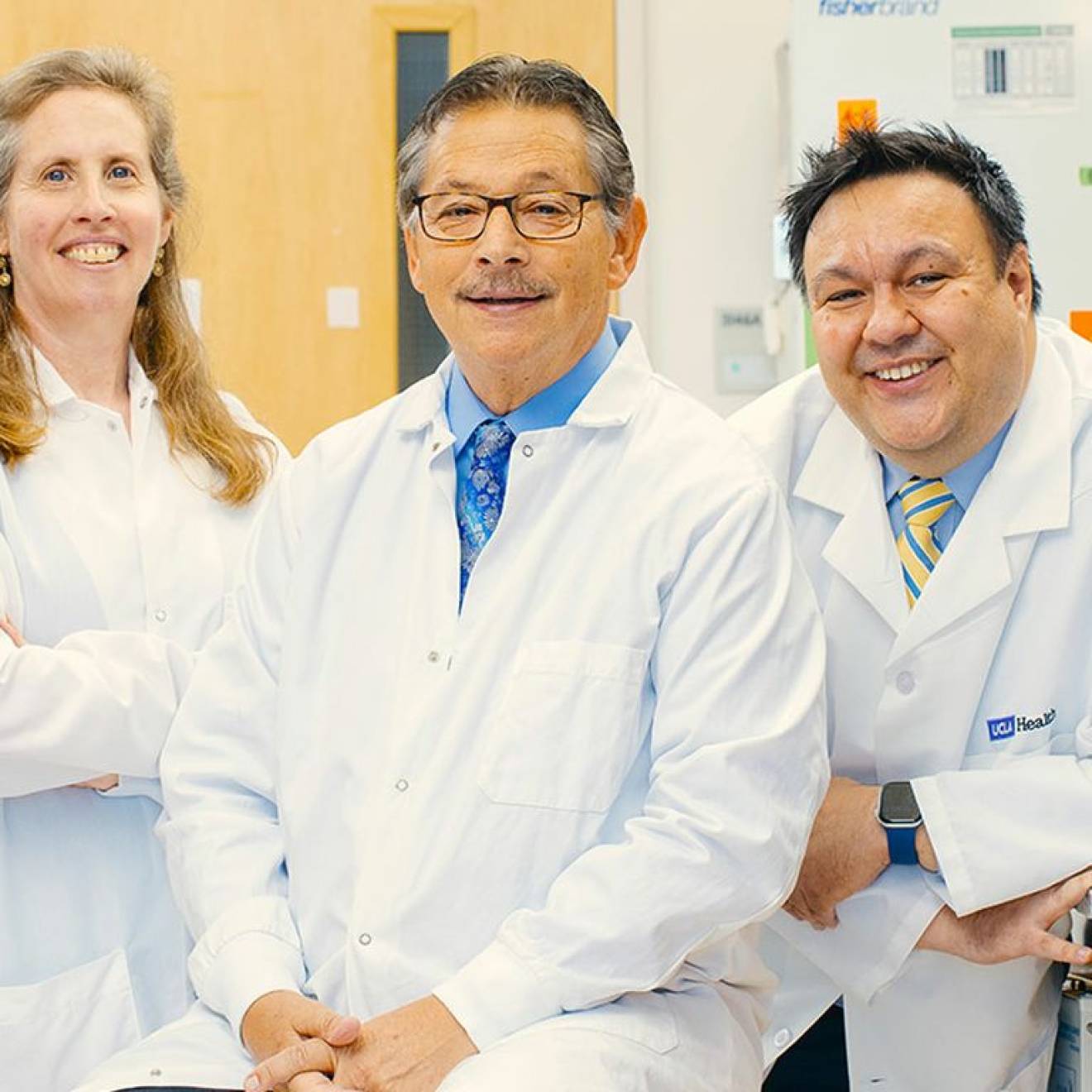Christelle Snow, UCLA
Gary Glesener, director of UCLA's Modeling and Educational Demonstrations Laboratory, gives us a tour of the lab's Augmented Reality Sandbox. The video was produced by Sebastian Hernandez of the UCLA Broadcast Studio.
Developed by researchers at UC Davis, the Augmented Reality Sandbox lets users sculpt mountains, canyons and rivers, then fill them with water or even create erupting volcanoes. The UCLA device was built by Glesener and others at the Modeling and Educational Demonstrations Laboratory in the Department of Earth, Planetary, and Space Sciences, using off-the-shelf parts and regular playground sand. Any shape made in the sandbox is detected by an Xbox Kinect sensor and processed with open source software, then projected as a color-coded contour map. Liquids flow over the surface with realistic motion.
The Augmented Reality Sandbox is mobile and can be set up in any classroom, allowing students and researchers to see their creations come to life in color and in real time.
UCLA’s AR sandbox is part of a larger effort by the Modeling and Educational Demonstrations Laboratory to provide high-quality physical models and demonstrations for undergraduate science courses. Fabrication was made possible by an Instructional Improvement Grant from UCLA’s Office of Instructional Development.

